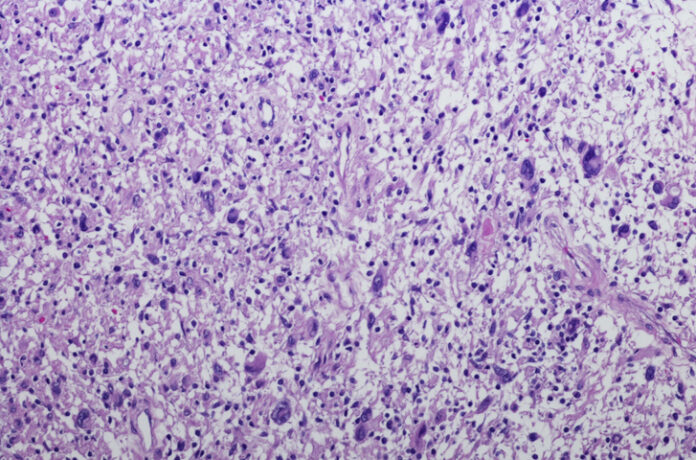Source/Disclosures
Published by:
Michos ED. Session 2 – Diagnosing ASCVD in 2023. Presented at: Heart in Diabetes CME Conference; June 9-11, 2023; Philadelphia.
Disclosures:
Michos reports serving on advisory boards for Amarin, Amgen, AstraZeneca, Bayer, Boehringer Ingelheim, Esperion, Novartis, Novo Nordisk and Pfizer.
Key takeaways:
- Vitamin D and calcium supplements are likely not beneficial for heart health.
- Dietary sources are the ideal way to increase calcium and vitamin D intake.
PHILADELPHIA — Multiple studies report associations between low blood vitamin D level and worse CV health, but supplements are likely not the answer for many patients, according to a speaker.
Similarly, patients who need to increase their calcium intake should look to diet and not calcium supplementation, which studies suggest could even raise CV risk for some, Healio | Cardiology Today Editorial Board Member Erin D. Michos, MD, MHS, FACC, FAHA, FASE, FASPC, associate professor of medicine and director of women’s cardiovascular health at Johns Hopkins Ciccarone Center for the Prevention of Cardiovascular Disease, said during a presentation at the Heart in Diabetes CME Conference.

Vitamin D and calcium supplements are likely not beneficial for heart health.
Image: Adobe Stock
Clinicians should advise patients to obtain vitamin D through adequate diet plus moderate sun exposure. Consider vitamin D supplementation only if a person is vitamin D insufficient or deficient; however, any effects of supplementation on bone health are likely modest, Michos said.
To improve bone health, patients should likewise increase physical activity and intake of calcium from diet. Common food sources of calcium include yogurt, low-sfat milk and cheeses; nondairy calcium sources include white beans, fish, soybeans and kale and almonds.
If calcium supplements are considered, clinicians should incorporate the potential risks for CVD into the clinician-patient discussion, Michos said. Mega-dosing of any supplements should also be avoided, she noted.

Erin D. Michos
“More is not necessarily better,” Michos said. “You can overdo it.”
Vitamin D — biomarker or treatment target?
More than 1 billion people worldwide are estimated to have insufficient vitamin D levels when using Endocrine Society criteria of a serum 25-hydroxyvitamin D level of less than 30 ng/mL, Michos said, which has implications for bone health. The Institute of Medicine’s recommended daily allowance is 600 IU per day vitamin D and 1,000 IU calcium per day for adults younger than 50 years. About 10 to 15 minutes of peak sunlight exposure daily, depending on the season, is equivalent to the vitamin D content from about 30 glasses of milk, Michos said.
Whether vitamin D supplementation improves health is still a robust area of debate.
“The question is whether treatment can actually improve outcomes,” Michos said. “There are clearly many studies that suggest low blood vitamin D level is associated with risk for CVD and mortality. But is this causal or is this confounding? Individuals with low blood levels of vitamin D may be less healthy for other reasons. It could be a marker for someone who is in poorer health status.”
Data so far suggest that vitamin D supplementation does not improve health outcomes, Michos said. The large-scale VITAL study, one of the largest randomized controlled trials with vitamin D supplementation, showed vitamin D supplements for primary prevention did not reduce major CV events or development of invasive cancers compared with placebo during 5 years of follow-up, though some secondary endpoints showed promising signals. A major CV event occurred in 396 patients assigned omega-3 fatty acid supplementation vs. 409 assigned placebo (HR = 0.97; 95% CI, 0.85-1.12) and invasive cancer was diagnosed in 793 patients assigned omega-3 fatty acid supplementation vs. 824 assigned placebo (HR = 0.96; 95% CI, 0.88-1.06). Subgroup analyses in VITAL assessing people with vitamin D deficiency also showed no CV benefit, Michos said.
Additionally, data “is not as strong as you might think” for vitamin D for fracture prevention, Michos said, with many studies showing no benefit for fractures, falls or mortality with supplementation.
The U.S. Preventive Services Task Force concludes that current evidence for vitamin D supplementation is “insufficient” to assess the balance of benefits and harms of screening for vitamin D deficiency in asymptomatic adults, and states that more research is needed, Michos said.
Calcium supplements and CVD
Calcium plays an important role in the function of skeletal muscles, heart and blood vessel contractility, muscle contraction, nerve impulse transmission, clotting and other body systems. About 40% of U.S. adults report taking calcium supplements, spending upward of $1 billion annually, Michos said.
However, clinicians should be cautious when discussing calcium supplementation with patients. Unlike vitamin D studies, which have been mostly CV neutral, some calcium studies suggest an increase in CV risk with supplements.
“In randomized clinical trials, there has been a signal for increased risk of coronary events with calcium supplements — not from dietary calcium,” Michos said.
Data from the observational Multi-Ethnic Study of Atherosclerosis (MESA) showed high total calcium intake was associated with a decreased risk for incident atherosclerosis over long-term follow-up, particularly if achieved without supplement use. However, calcium supplement use may increase the risk for incident coronary artery calcium.
“Even the highest quintile of high calcium from diet was actually associated with lower [CV] risk for incident coronary calcium,” Michos said.
Large bolus doses of calcium have also been shown to transiently raise serum calcium in the body, potentially triggering the clotting cascade and leading to vascular events, Michos said. In addition to increased vascular calcification, other unintended consequences from too much calcium by supplementation can include development of kidney stones.
“This is why diet may be more beneficial,” she said.











